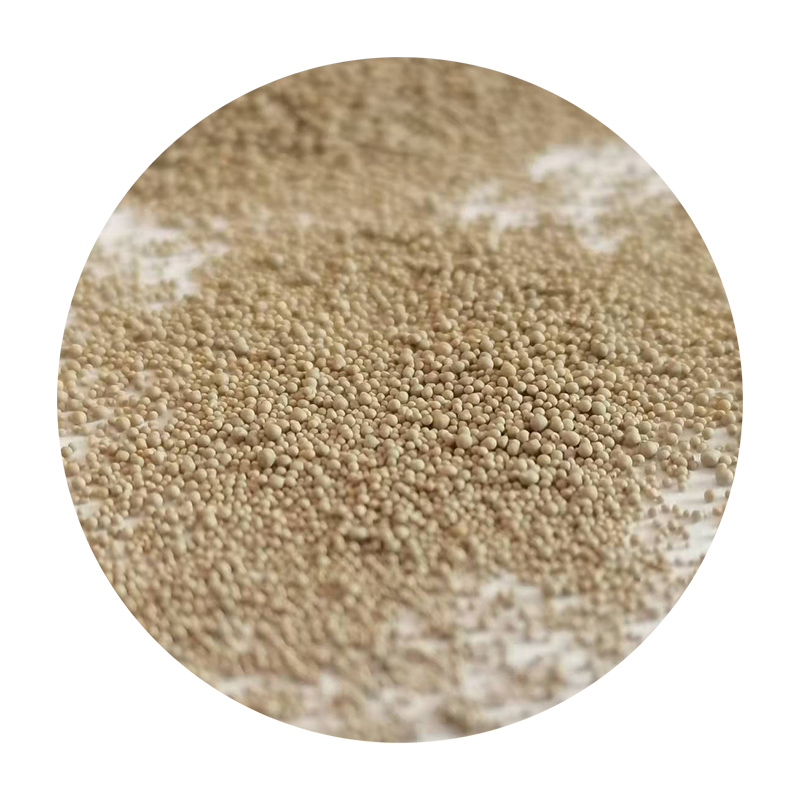Understanding Sand Casting A Key Process in Metal Fabrication
Sand casting is an ancient metalworking technique that has persisted through the ages due to its simplicity, versatility, and cost-effectiveness. This process involves creating a mold from sand to produce metal parts, making it an essential method in the manufacturing and foundry industries. The significance of sand casting can be attributed to its ability to cater to a variety of metals, complex geometries, and large production volumes.
At its core, sand casting involves several key steps pattern making, mold preparation, pouring, cooling, and finishing. The first step, pattern making, involves creating a prototype of the item to be cast, typically from wood or metal. The pattern is slightly larger than the desired final product to account for metal shrinkage during cooling.
Once the pattern is ready, the next step is to create the mold. This is primarily done using a mixture of sand, clay, and water, known as the molding sand. The sand is packed around the pattern in a mold box, forming two halves the cope (top half) and the drag (bottom half). After removing the pattern, the mold is assembled and prepared for the metal.
Understanding Sand Casting A Key Process in Metal Fabrication
After the mold is prepared, the next significant step is pouring the molten metal. The type of metal used can vary widely, from aluminum to various alloys, depending on the desired characteristics of the final product. The molten metal is carefully poured into the mold's cavity, allowing it to fill the space completely. This step requires precision, as air pockets or incomplete filling can lead to defects in the final cast.
sand cast metal

Cooling is the subsequent phase, during which the molten metal solidifies and takes the shape of the mold. The cooling time can vary based on the metal type, part size, and thickness. Once the metal has fully cooled and solidified, the sand mold is broken away, revealing the cast part.
However, the work is not done yet. Finishing processes are necessary to achieve the desired surface quality and dimensional accuracy. This can include grinding, machining, or polishing, depending on the application’s requirements. These steps ensure that the final product meets industry standards and is ready for use in various applications, from automotive components to intricate machinery parts.
One of the main advantages of sand casting is its adaptability. The process can be easily modified to create parts in a myriad of shapes and sizes. It is particularly well-suited for producing larger components due to its scalability. Unlike other casting methods, sand casting does not require expensive molds, making it an ideal choice for both small and large production runs.
Moreover, sand casting is environmentally friendly compared to some other manufacturing processes. The sand used can often be reused multiple times, reducing waste and material costs. Advances in technology have also introduced greener options for sand casting, such as chemically bonded sands, which minimize the amount of hazardous waste produced.
In conclusion, sand casting remains a fundamentally important method in metal fabrication, combining simplicity with effective results across various industries. Its ability to adapt to different designs and materials while maintaining cost-efficiency makes it an attractive option for manufacturers. As industries continue to evolve, the principles of sand casting will likely remain relevant, ensuring that this venerable technique continues to contribute to modern manufacturing solutions.
Post time:ታኅሣ . 20, 2024 20:09
Next:sand sintering
